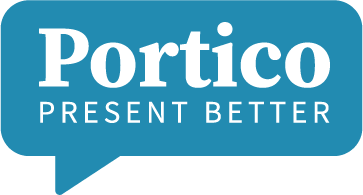Is power posing little more than a myth?
In a profile of Amy Cuddy, The Washington Post talks about her rise to fame for using her own feelings of self doubt to spark her research into the physiology of body language and power.
Cuddy’s TED talk is the second most watched video at more than 30 million views. She states that by changing the way we hold ourselves, we can alter the combination of hormones, specifically raising testosterone (power hormone – sorry ladies!) and lowering cortisol* (stress hormone). It is an inspiring notion: by “faking it until we make it until we believe it,” we can find the strength and confidence to articulate what matters most to us.
The dispute comes in based on a study published earlier this year that failed to find a correlation between power posing and hormones or behavior, “though it did influence the subjects’ perceptions of their power.” Cuddy stands by her research and explains that these counterarguments are part of the scientific process.
I’ve used the power pose (with modifications) in our workshops and coaching sessions. Will I stop using it until science makes a definitive stance? Probably not. I’ll acknowledge the “controversy” and will continue to use it because the greatest value of this exercise is probably in acknowledging that silent yet sometimes crushing feeling that we’re not smart or experienced enough when we get up in front of our colleagues or strangers. When we name a fear it tends to have a grounding and calming effect. We can shift to thinking about what’s really most important when we present: providing something that will benefit our audience. Taking ourselves out of that equation and all the worry that goes along with it is arguably the most empowering step we can take, hormone adjusted or not.
Meghan
*On the cortisol front, Po Broson and Ashley Merryman write in Top Dog that this stress hormone isn’t deserving of the criticism and concern it often receives. We should view it as more of a “reaction” and “repair” mechanism to stress rather than viewing it as the stress agent itself.



